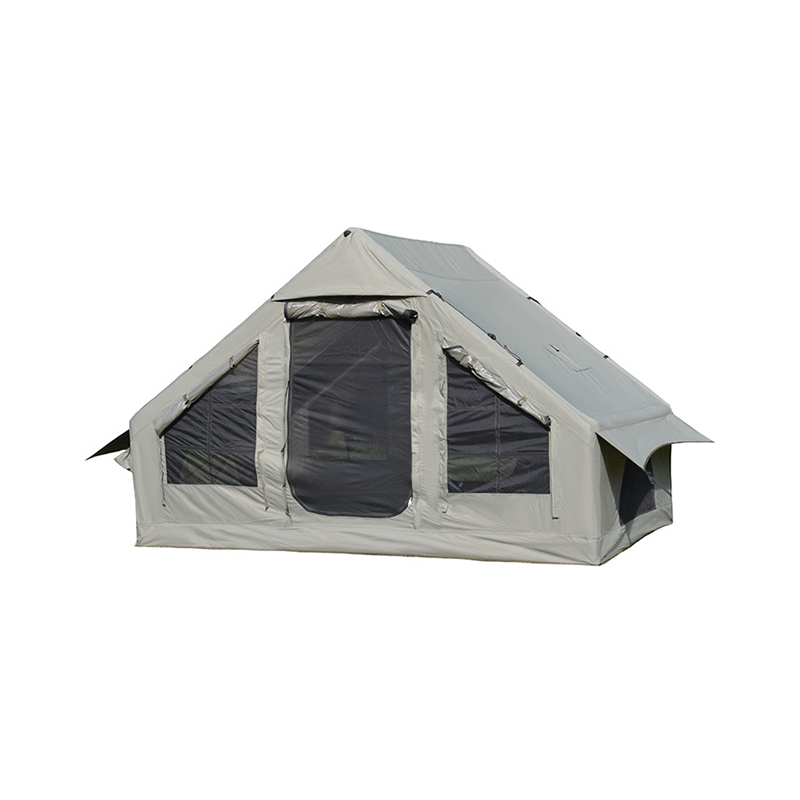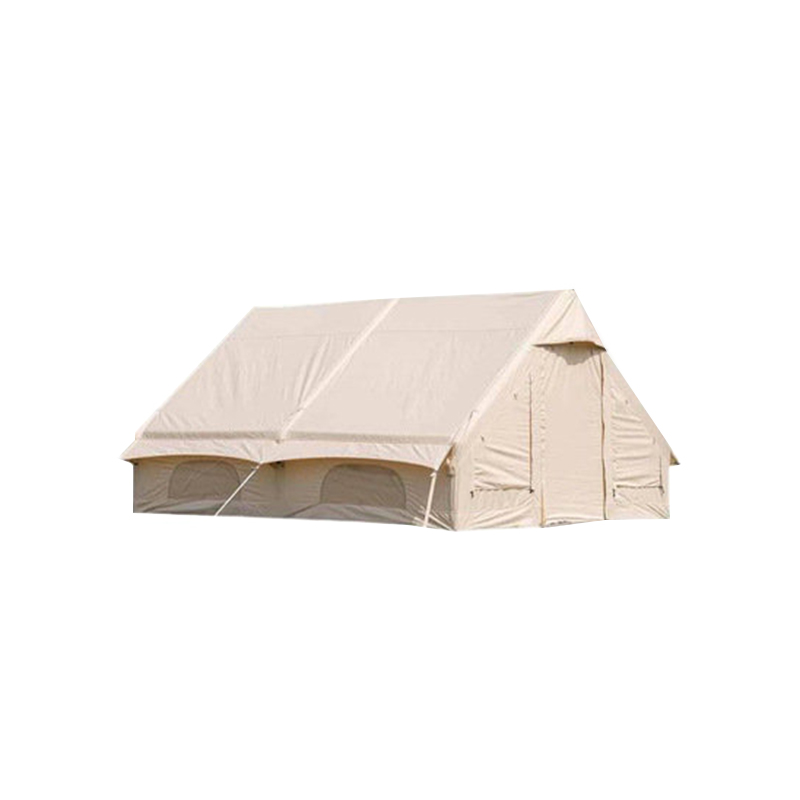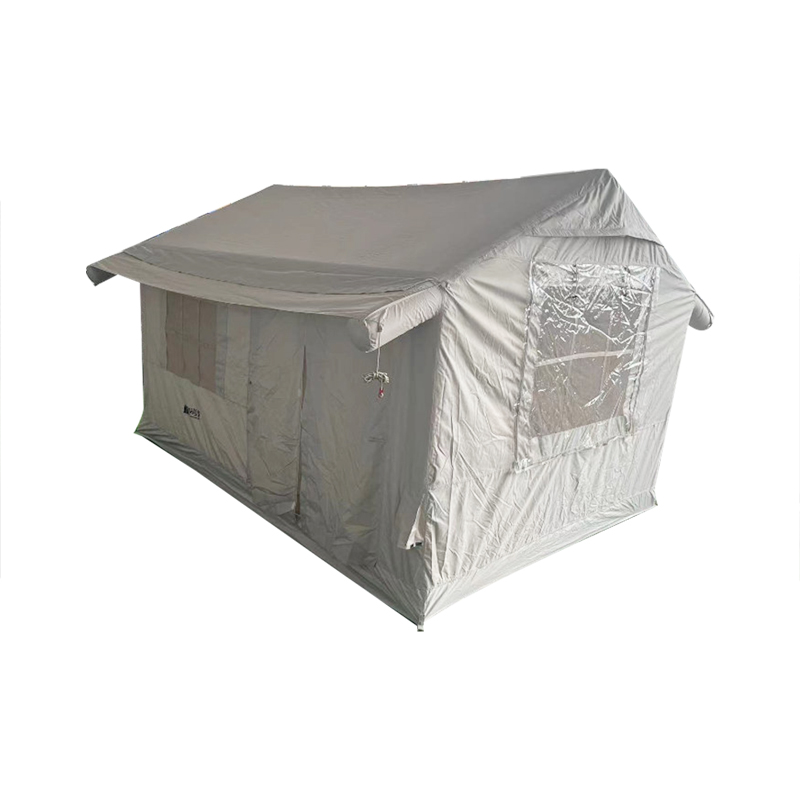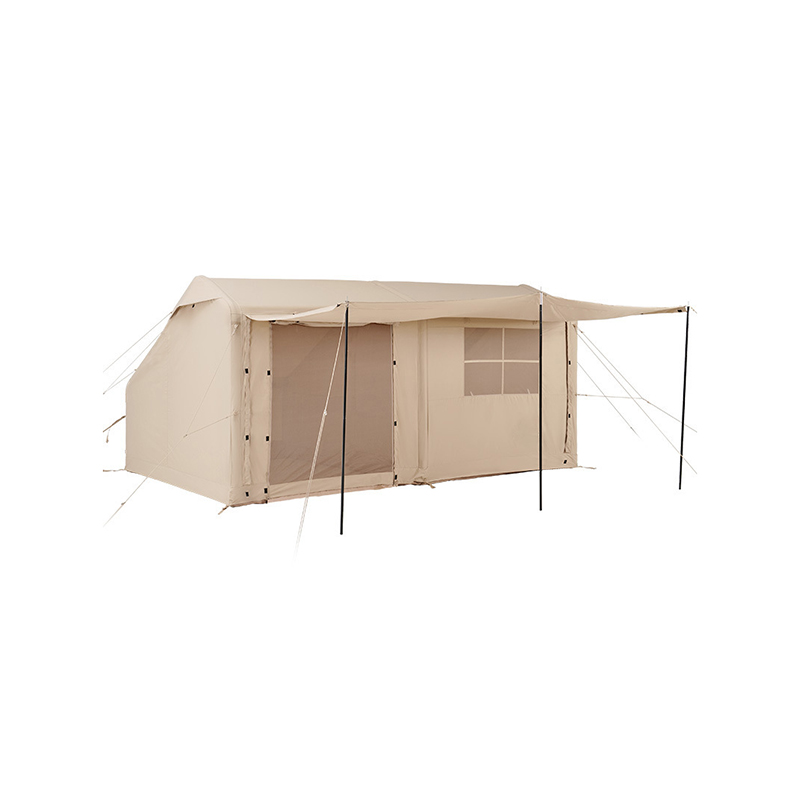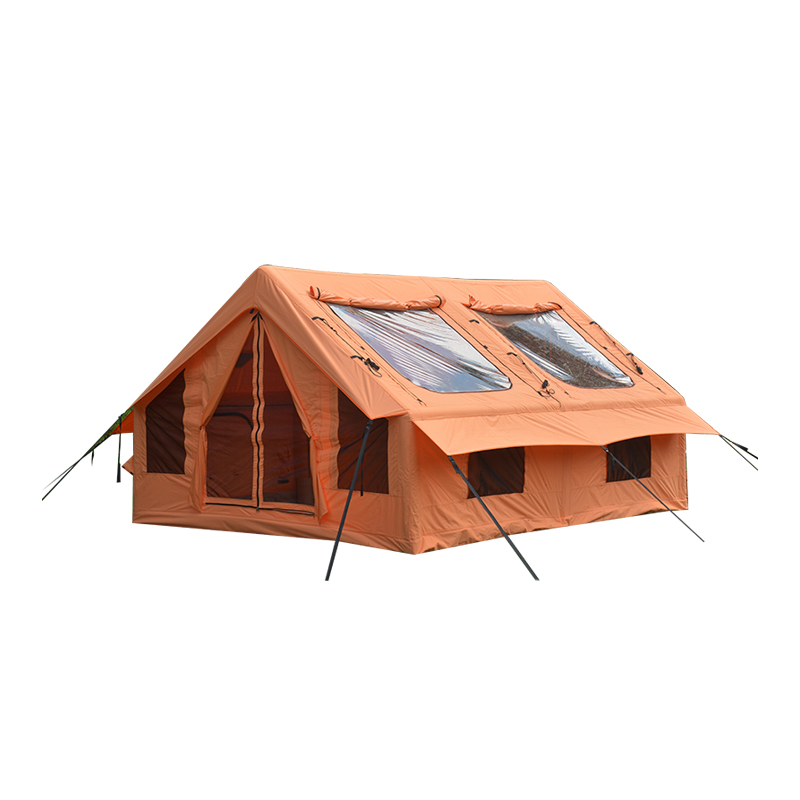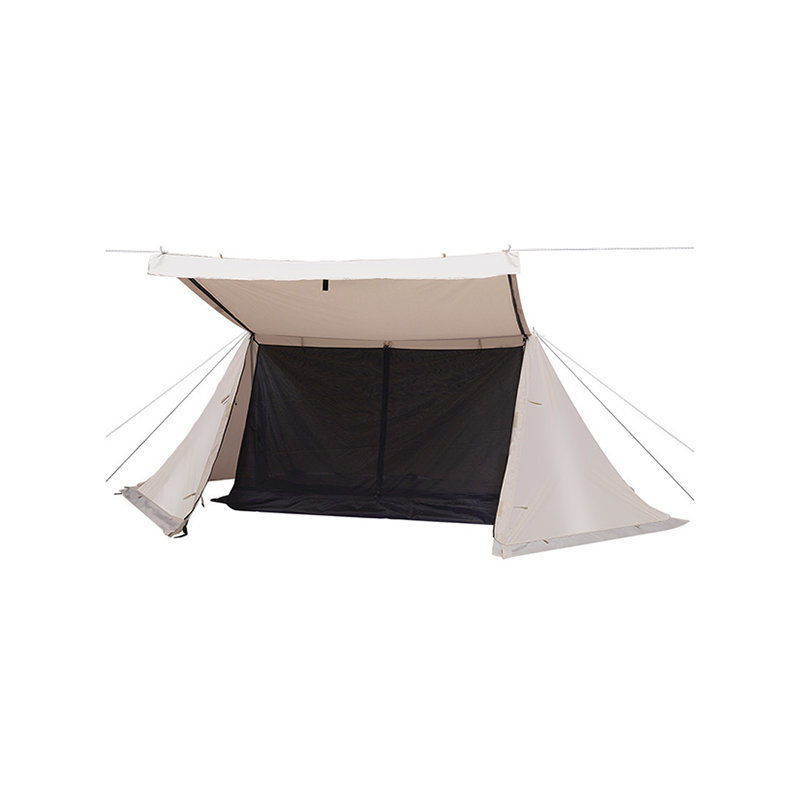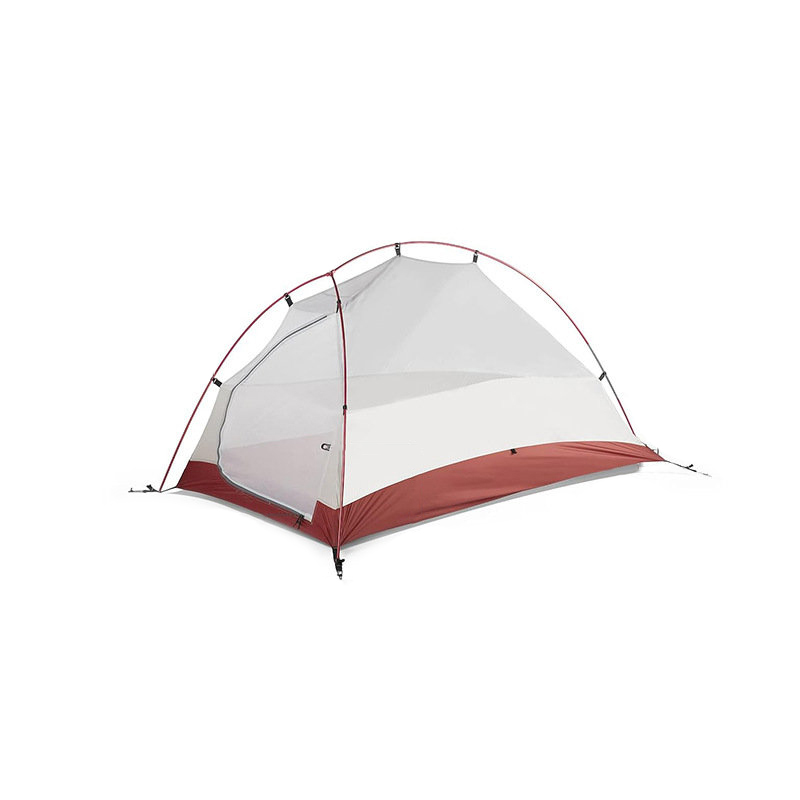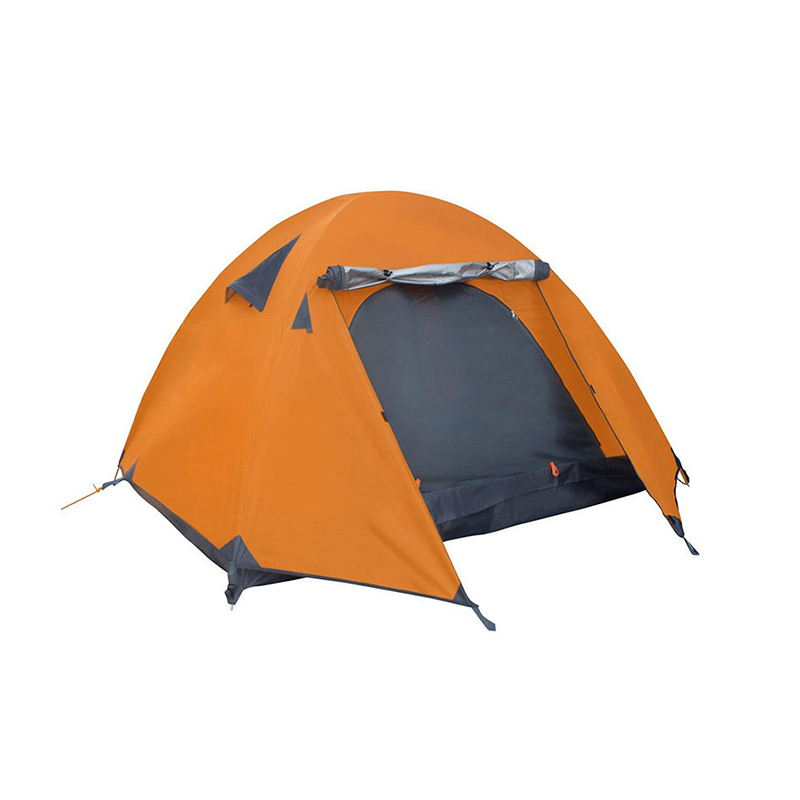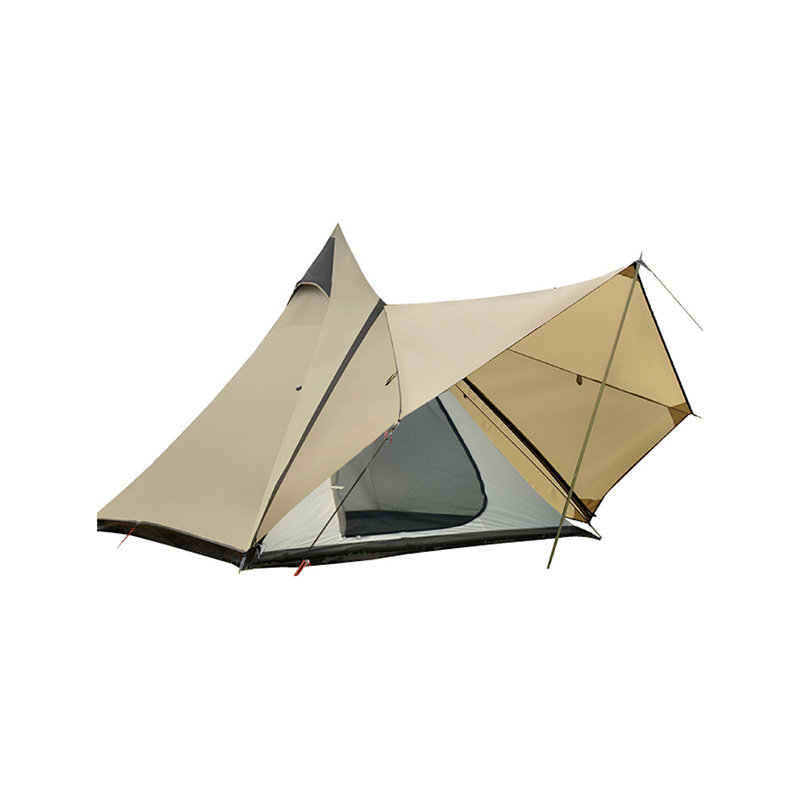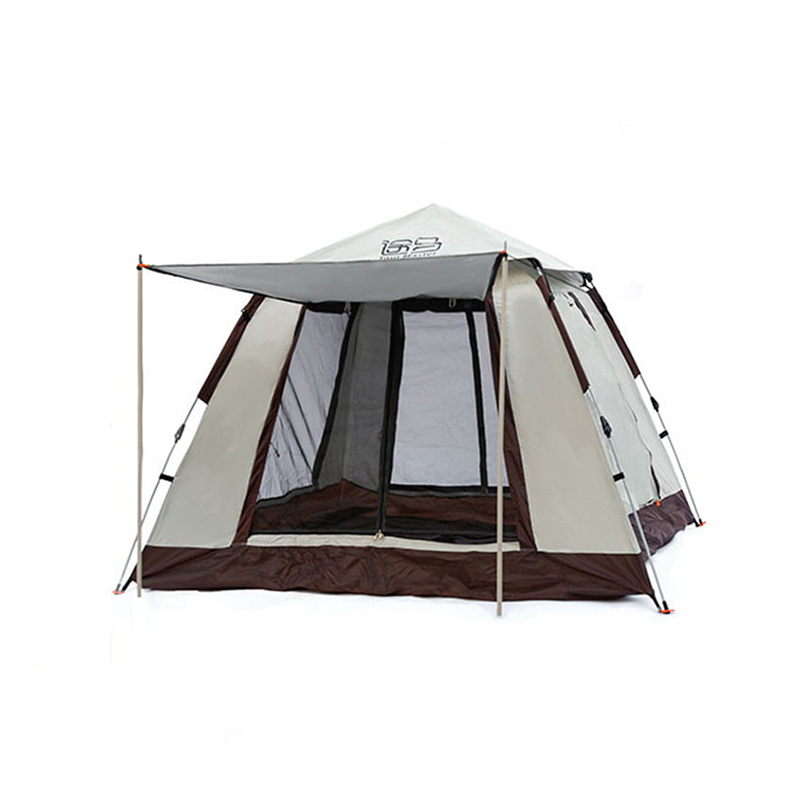Ventilation System: One of the most effective ways a Manual Set-Up Camping Tent manages condensation is through an integrated ventilation system. This system often features multiple mesh panels or adjustable vents placed at the top and bottom of the tent. The top vents allow warm, moist air to escape, while the lower vents draw in cooler, drier air from the outside. The constant airflow helps to maintain a balance between the interior temperature and humidity levels, thus preventing condensation from settling on the tent's inner surfaces. Proper ventilation can reduce the amount of moisture that accumulates overnight, particularly in colder conditions when the temperature differential between the inside and outside of the tent is significant.
Double-Wall Design: Many Manual Set-Up Camping Tents are constructed with a double-wall design, which is an effective method for controlling condensation. The inner tent wall is typically made from breathable, moisture-wicking fabric, while the outer layer or rainfly is designed to protect the interior from external environmental factors, such as rain and wind. The key benefit of a double-wall design is that it allows moisture to escape from the inside of the tent, thanks to the breathability of the inner fabric. Meanwhile, the rainfly prevents rainwater from entering the tent. This design creates an air gap between the inner and outer layers, which facilitates ventilation, reducing moisture buildup while keeping the inner tent dry.
Material Choice: The choice of materials used in the construction of a Manual Set-Up Camping Tent plays a significant role in its ability to handle condensation. Breathable fabrics like nylon or polyester are commonly used in tents due to their ability to allow moisture vapor to escape. This is especially important when camping in areas with high humidity or when condensation naturally forms due to temperature fluctuations. The fabric used for the inner tent walls must allow moisture vapor to pass through while maintaining water resistance on the outer layer. Additionally, advanced coatings such as DWR (Durable Water Repellent) on the outer surface of the tent help prevent rain from seeping in, while maintaining breathability to allow moisture to evaporate.
Proper Tent Setup: The setup of your Manual Set-Up Camping Tent has a direct impact on its ability to handle condensation. It is essential to pitch the tent in an area that allows airflow and avoids moisture accumulation. Ideally, a site with good natural ventilation, such as an elevated position or an area with a light breeze, is best. Avoid low-lying areas or places close to bodies of water, where humidity tends to be higher and condensation forms more easily. Setting up the tent in a well-ventilated spot encourages air circulation, which can significantly reduce moisture buildup inside the tent. Furthermore, it is important to ensure the tent is not set up in an area that is prone to water runoff or puddling, as this can lead to increased humidity and moisture inside.
Moisture Barriers: To further enhance moisture control, many Manual Set-Up Camping Tents feature moisture barriers like waterproof floors or ground sheets. These barriers prevent moisture from the ground from rising into the tent, helping to keep the interior dry. The floor material is typically made from durable, waterproof materials such as polyethylene or ripstop nylon, which helps block water from seeping upward. While the tent floor prevents water from coming in from below, using a footprint or ground tarp under the tent provides additional protection by adding an extra layer of water resistance, prolonging the life of the tent, and keeping the internal environment dry.
Use of a Dehumidifier: In conditions where condensation is particularly severe, such as during high humidity or when camping in damp environments, some users may opt to use portable dehumidifiers or moisture-absorbing products like silica gel packs or moisture-absorbing crystals. These products are designed to absorb excess moisture from the air inside the tent, reducing the chances of condensation forming on the interior surfaces. While not a necessity, using such products in extreme weather conditions can enhance comfort, particularly in high-moisture environments.



 English
English 中文简体
中文简体
